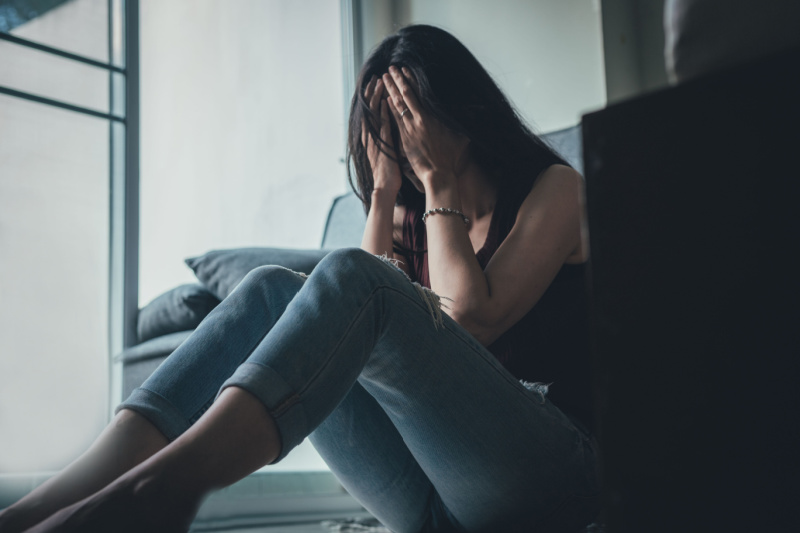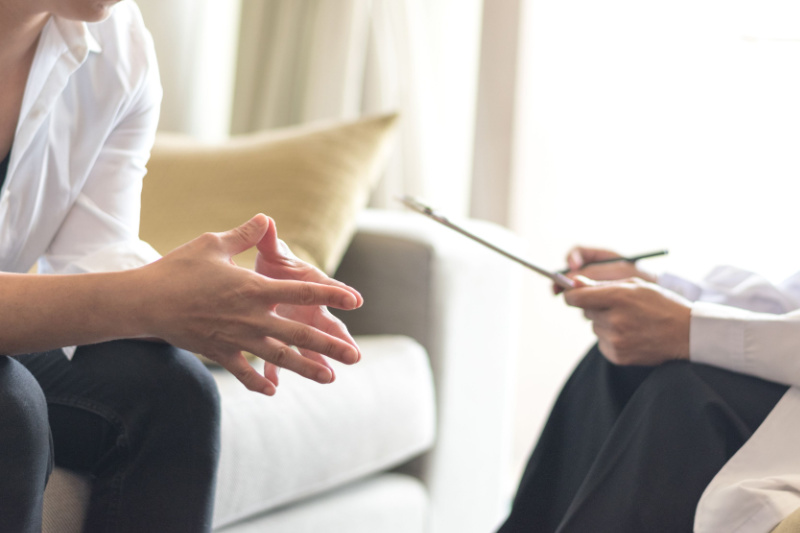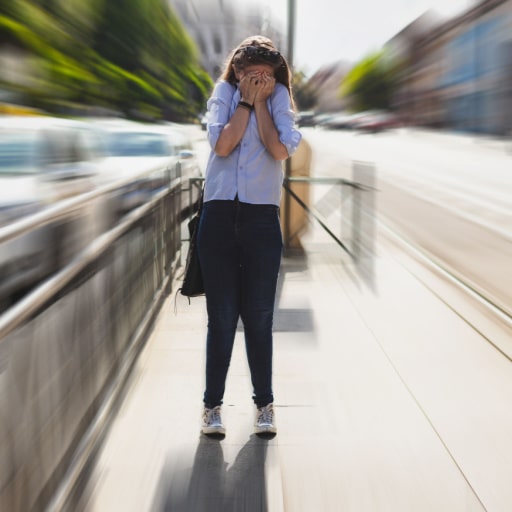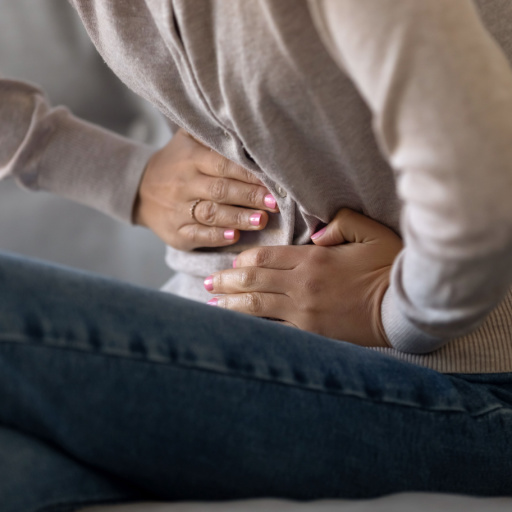Many people hear the terms “panic attack” and “anxiety attack” and think they’re the same. However, while both can be distressing, they have distinct characteristics that you identify to manage your symptoms.
इनके बारे में जानें:
- Panic attack vs. anxiety attack
- Key differences between panic attacks and anxiety attacks
- Home remedies for panic attack vs. anxiety attack
- How to manage panic and anxiety attacks?
Panic attack vs. anxiety attack
 According to WHO, mental disorder is characterized by a clinically significant disturbance in an individual’s cognition, emotional regulation, or behavior. It is usually associated with distress or impairment in important areas of functioning. There are many different types of mental disorders. Mental disorders may also be referred to as mental health conditions. Let’s understand the difference between panic and anxiety attacks and how we can cope with them.
According to WHO, mental disorder is characterized by a clinically significant disturbance in an individual’s cognition, emotional regulation, or behavior. It is usually associated with distress or impairment in important areas of functioning. There are many different types of mental disorders. Mental disorders may also be referred to as mental health conditions. Let’s understand the difference between panic and anxiety attacks and how we can cope with them.
Understanding panic attacks
A panic attack is a sudden episode of intense fear that triggers severe physical reactions when there is no real danger or apparent cause. Panic attacks can be very frightening. When panic attacks occur, you might think you’re losing control, having a heart attack, or even dying.
Usually, when a stressful event ends, the panic attack goes away on its own. But if you’ve had recurrent, unexpected panic attacks and spent long periods in constant fear of another attack, you may have a condition called panic disorder. Although panic attacks aren’t life-threatening, they can be frightening and significantly affect your quality of life.
Understanding anxiety attacks
Experiencing occasional anxiety is a normal part of life. However, people with anxiety disorders frequently have intense, excessive, persistent worry and fear about everyday situations. Anxiety disorders often involve repeated episodes of sudden severe anxiety and fear or terror that reach a peak within minutes (panic attacks). These feelings of anxiety and panic interfere with daily activities, are difficult to control, are out of proportion to the actual danger and can last a long time. You may avoid places or situations to prevent these feelings. Symptoms may start during childhood or the teen years and continue into adulthood.
Examples of anxiety disorders include generalized anxiety disorder, social anxiety disorder (social phobia), specific phobias and separation anxiety disorder. You can have more than one anxiety disorder. Sometimes, anxiety results from a medical condition that needs treatment.
Key differences between panic attacks and anxiety attacks
Here is a detailed table containing differences in a Panic attack vs. anxiety attack format:
| Panic Attack | Anxiety Attack |
| Intense physical symptoms that can feel like a heart attack or life-threatening situation | Physical symptoms will be less intense than panic attacks |
| Starts suddenly and peaks within minutes | Develops slowly over time |
| Fear of losing control or dying | A general feeling of uneasiness or restlessness |
| It can happen without any apparent trigger or cause | Triggered by specific situations or events |
| Typically lasts for a shorter duration than anxiety attacks (A few minutes to an hour) | It can last for days, weeks, or even months. |
Home remedies for panic attack vs. anxiety attack
Here are some home remedies and techniques that you can incorporate into your daily life to manage panic and anxiety attacks:
- Relaxation room: If you are feeling overwhelmed by stress from work or personal conflicts, consider setting up a relaxation room. This space should be free from bright lights, technology, and distractions. It’s simply a place for you to unwind without anything that could disrupt your peace. Spending time here can help you manage panic and anxiety attacks more effectively.
- Water therapy: Not drinking enough water can negatively impact your health. Staying hydrated might reduce anxiety since dehydration increases cortisol levels, a stress hormone. Drinking more water helps lower cortisol in your bloodstream, potentially easing anxiety symptoms.
- Hot bath: Taking a hot bath is an excellent way to relax. The warm water can help ease anxiety symptoms that disrupt your daily life. While it’s not a cure, a warm bath can significantly reduce the physical discomfort caused by anxiety, offering relief for multiple symptoms simultaneously.
- Journaling: Writing down your thoughts and feelings helps release them from your mind, often freeing you from their control. Research has shown that the process of reflecting and documenting emotions can diminish their intensity and effects on your mental health.
How to manage panic and anxiety attacks?
 Let’s look at how we can prevent panic and anxiety attacks.
Let’s look at how we can prevent panic and anxiety attacks.
- Recognize that you are having a panic attack – By recognizing it, you can remind yourself that this is temporary, will pass, and that you are okay. This can allow you to focus on other techniques to reduce your symptoms.
- Deep breathing exercise – While hyperventilating is a symptom of panic attacks that can increase fear, deep breathing can reduce symptoms of panic during an attack. Focus on deep breathing through your nose, feeling the air slowly fill your chest and belly. Then, slowly exhale through your mouth and feel the air leave your body. Breathe through your nose for a count of four, hold for a second, and then breathe out for a count of four.
- Practise mindfulness – Mindfulness can help ground you in the reality of what’s around you. Since panic attacks can cause a feeling of detachment or separation from reality, this can combat your panic attack as it’s approaching or happening. Mindfulness involves focusing on the present, recognizing your emotional state, and meditating to reduce stress and help you relax. Focus on the physical sensations you are familiar with, like digging your feet into the ground or feeling the texture of your jeans on your hands. These sensations place you firmly in reality and give you something objective to focus on.
- Find a focus object—Find something to focus all your attention on during a panic attack. Pick one object in clear sight and consciously note everything about it. For example, describe the object’s pattern, color, shape, and size to yourself. Focus all your energy on this object, and your panic symptoms may subside.
Panic or anxiety attacks can significantly impact your daily life, but there are ways to manage them. If you have concerns about panic attacks, speak with a doctor or a therapist. They can help you devise a suitable strategy to manage symptoms and reduce the impact.
Stay tuned to the Activ Living Community. Keep up to date with the latest health tips and trends through expert videos, podcasts, articles, and much more on पोषण, फिटनेस, सचेतन, और लाइफस्टाइल से जुड़ी बीमारियां like Asthma, Blood Pressure, Cholesterol, and Diabetes. Activ Living ke saath shuruwat ABHIkaro.
You may also be interested in the following blogs:
- Yoga Encourages Self-Care Strategies That Can Help You With Anxiety And Depression
- Keep A Work-Life Balance To Meet Your New Year Fitness Resolutions
Popular Searches
How to lower blood pressure | Fruits good for liver | Unhealthy foods | रागी के लाभ | बेसल मेटाबोलिक रेट | हाई ब्लड प्रेशर के लिए एक्यूप्रेशर पॉइंट्स | Ayurvedic medicine for blood pressure | How to control cholesterol at home | Homeopathy for Asthma | Biological Age | Home remedies for TB | Natural beta blockers | Negative effects of internet | Types of walking | ब्लड प्रेशर कैलकुलेटर | ब्लड शुगर कैलकुलेटर | BMI कैलकुलेटर





 1800-270-7000
1800-270-7000









